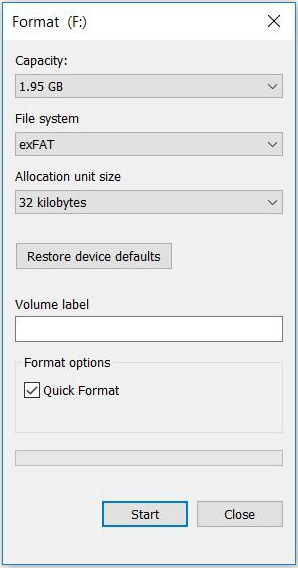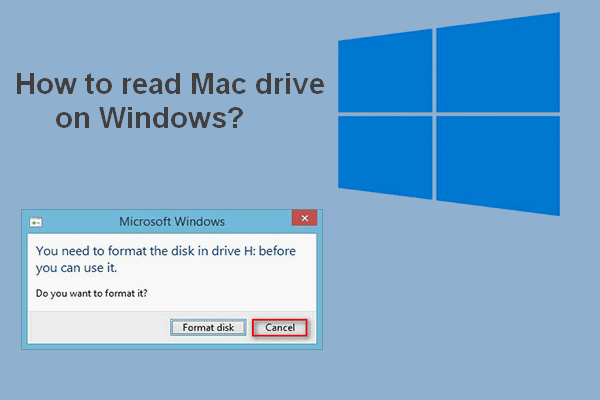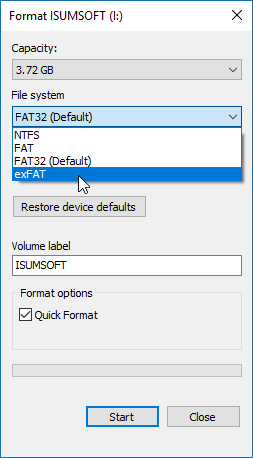
- HOW TO VIEW FILES ON MAC FORMATTED HARD DRIVE IN WINDOWS INSTALL
- HOW TO VIEW FILES ON MAC FORMATTED HARD DRIVE IN WINDOWS DRIVER
- HOW TO VIEW FILES ON MAC FORMATTED HARD DRIVE IN WINDOWS FULL
What should you do? Here is a tutorial help you read Mac drive on Windows. However, this is impossible if the HFS+ or APFS has over 1T data. You could convert the drive to FAT32 or exFAT that both Mac and Windows can read. Natively, Windows PC do not even "see" APFS and HFS+ formatted partitions. Mac users upgrading to the Catalina need to convert their drives to APFS first.
HOW TO VIEW FILES ON MAC FORMATTED HARD DRIVE IN WINDOWS DRIVER
If the device driver on your PC runs in good condition, you can also try a Microsoft official utility: Windows File Recovery. Recover data from external hard drive via Windows File Recovery. Then you can check if the lost files are back or not.
HOW TO VIEW FILES ON MAC FORMATTED HARD DRIVE IN WINDOWS INSTALL
Click to select it and show its contents in Finder. Restart your PC, plug in the external hard drive, and wait for it to install automatically. Features added to this new file management system include snapshots, crash reporting, space sharing, and cloning to name but a few. Click Finder > Devices to see a small icon of the external hard drive when plugged in.
HOW TO VIEW FILES ON MAC FORMATTED HARD DRIVE IN WINDOWS FULL
This new file system unleashes the full potential of SSD drives for faster storage, easy retrieval of files, and securing files.

full read and write access to Apple ‘s HFS+ formatted drive on windows using Paragon HFS+. That’s it and you will get full read and write access to Apple ‘s HFS+ formatted drive on windows. In the newest macOS 10.15 Catalina, however, things have changed and now the supported drive types are the Apple File System (APFS) drives. To get started with HFS+ for Windows, you need to run the installation package, reboot your PC when finished. The HFS+ file system is supported by macOS High Sierra and previous releases of macOS and OS X. And more often than not, it results in a continuous and pestering headache more so when copying and transferring files. If you double-click on the drive, it will open just like a normal Windows drive. The problem is, this versatility brings forth incompatibility. If you connect a Mac formatted disk to your computer, it’ll instantly show up in Explorer with a little Apple icon on it. Well, this is inevitable considering that we are living at the helm of the golden age of information- where different operating systems are an indispensable requisite.

Step 2: Once the scanning process is completed, all files will be properly listed, you can preview lost data. Open the software, select a location and click on scan to start the scanning process.

If my instincts are right, you are working or living in an environment that consists of both Windows and Mac computers. Step 1: D-Back Hard Drive Recovery Expert is compatible with Windows and Mac so you can download the desired version.


 0 kommentar(er)
0 kommentar(er)
